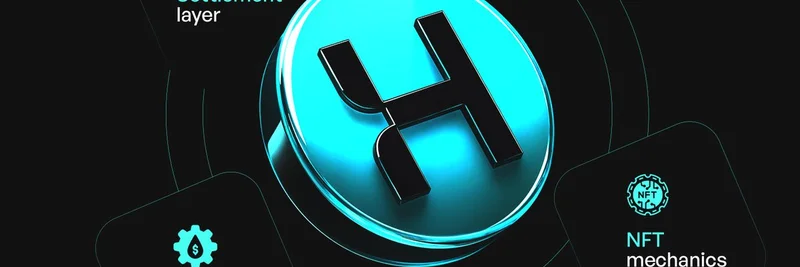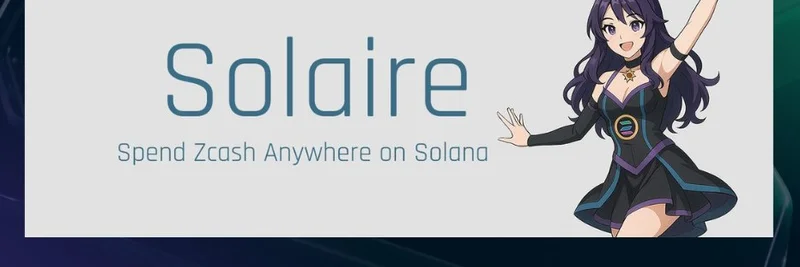In the fast-paced world of blockchain and crypto, staying ahead means understanding the latest innovations that make things simpler and more efficient. Recently, @RubiksWeb3hub shared an insightful thread on X about Haust Network, a blockchain that's shaking things up by integrating multiple layers into one cohesive system. If you're into meme tokens, this is particularly exciting because it lowers the barriers for creating, trading, and engaging with community-driven assets.
Let's break it down step by step, explaining the key concepts along the way so even if you're new to blockchain tech, you can follow along.
The Problem with Traditional Blockchains
Most blockchains today are built in silos. You have rollups for scaling, bridges for moving assets between chains, wallets for storing your crypto, and app layers where the actual dApps (decentralized applications) live. Combining these can be a nightmare—think high fees, complicated setups, and a lot of friction. Haust Network aims to solve this by bundling everything into one EVM-compatible Layer 2 (L2) chain. EVM stands for Ethereum Virtual Machine, which means it's compatible with Ethereum's smart contracts, making it easy for developers to build on.
Haust positions itself as a "decentralized hedge fund," where users can actively participate in the network's growth. Everything you need is in one place, reducing hassle and increasing accessibility—perfect for meme token creators who want quick launches without technical headaches.
Core Architecture: Built for Speed and Efficiency
Haust is powered by Polygon CDK (Chain Development Kit), using CDK-Erigon for its core. Erigon is an optimized Ethereum client that handles massive transaction volumes at low costs while maintaining consistent proof generation. This setup ensures high throughput, meaning the network can process lots of trades and interactions without bogging down.
The layers are stacked smartly:
- Settlement layer for finalizing transactions.
- User accounts for secure access.
- Liquidity engines for smooth trading.
- NFT mechanics for digital collectibles.
This integrated approach makes it ideal for meme tokens, where community engagement often involves NFTs or quick liquidity pools.
Account Abstraction: Making Wallets Smarter
One standout feature is the Haust Wallet, which uses ERC-4337 account abstraction. In simple terms, account abstraction turns your wallet into a "smart account" that can perform programmable actions, like automatic recoveries or gas sponsorship (where someone else pays your transaction fees). It's available on iOS, Android, web, and even as a Telegram mini-app.
These modular smart accounts let you add or remove functionalities without deploying new contracts. For meme token enthusiasts, this means easier automation of trades, staking, or even AI-driven strategies without losing control over your assets.
DeFi Infrastructure: Yield Engines and More
Haustoria is the native yield engine, accepting deposits from chains like Ethereum, Polygon, and BSC (Binance Smart Chain). An AI agent manages liquidity across protocols, keeping your funds secure without exposing private keys.
The DEX (decentralized exchange) is a concentrated-liquidity AMM (automated market maker), supporting pool creation, variable fees, and range orders—tools that help maintain stable prices for meme tokens during volatile pumps.
Haust Lend allows supplying or borrowing assets, with a Health Factor to monitor risk. Automated agents can adjust positions to avoid liquidations, making it user-friendly for degen traders in the meme space.
AI Agents: The Smart Guardians
Haust Copilot is the AI layer that monitors things like borrowing positions on Haust Lend. It sends alerts or executes adjustments if your position is at risk. These agents are task-specific, adding a layer of automation that's super helpful for meme token farming or yield optimization.
Tokenomics and Stats: $HAUST in Focus
The token is $HAUST, with a max supply of 10 billion and initial circulation of 200 million (2%) in the first two years. Allocations include liquidity (20%), ecosystem (25%), treasury (30%), loyalty (10%), and team (15%). Use cases range from gas fees to governance via veHAUST (vote-escrowed HAUST).
Network stats are impressive: over 10.5 million wallets, 50 million transactions, and 35K testnet users. For meme token fans, this means a robust platform for launching and trading without the usual chain-hopping.
BioGenesis: The NFT Experiment Fueling Community Growth
Haust's BioGenesis is a dynamic NFT (dNFT) experiment tying testnet activity to mainnet rewards. Participants mint essentials like Lab Kit, Nutrition Medium, and Petri Dish, then collect BioCultures on Base chain. On mainnet launch, these combine into a LifeForm dNFT.
Each BioCulture yields $HAUST rewards (66+ for common, up to 700 for rare). The LifeForm grows daily by 0.5% over 180 days, multiplying base rewards from 1,000 to 10,000 $HAUST. With 500 million $HAUST allocated, it's a massive airdrop opportunity—reminiscent of how meme tokens build hype through community drops and farming.
Over 37K NFTs minted across series, and collections are selling out fast. This gamified approach is perfect for meme culture, turning participation into potential windfalls.
Why This Matters for Meme Tokens
Haust Network isn't just another chain; it's a full ecosystem that simplifies the tech stack for creators and traders. For meme tokens, which thrive on community buzz and quick liquidity, features like integrated wallets, AI automation, and NFT rewards lower entry barriers and boost engagement. No more juggling multiple tools—everything's under one roof.
As @RubiksWeb3hub points out, Haust is community-driven with no VC involvement, emphasizing fair launches and user rewards. With potential token prices starting at $0.5 post-TGE (token generation event), early adopters could see significant upside.
If you're building or trading meme tokens, check out Haust's testnet and get involved in BioGenesis before mainnet hits. It's a prime example of how blockchain innovation is evolving to support the wild, fun side of crypto.
For the full thread and more details, head over to the original post on X. What do you think—will integrated chains like Haust become the new standard for meme ecosystems? Let us know in the comments!




